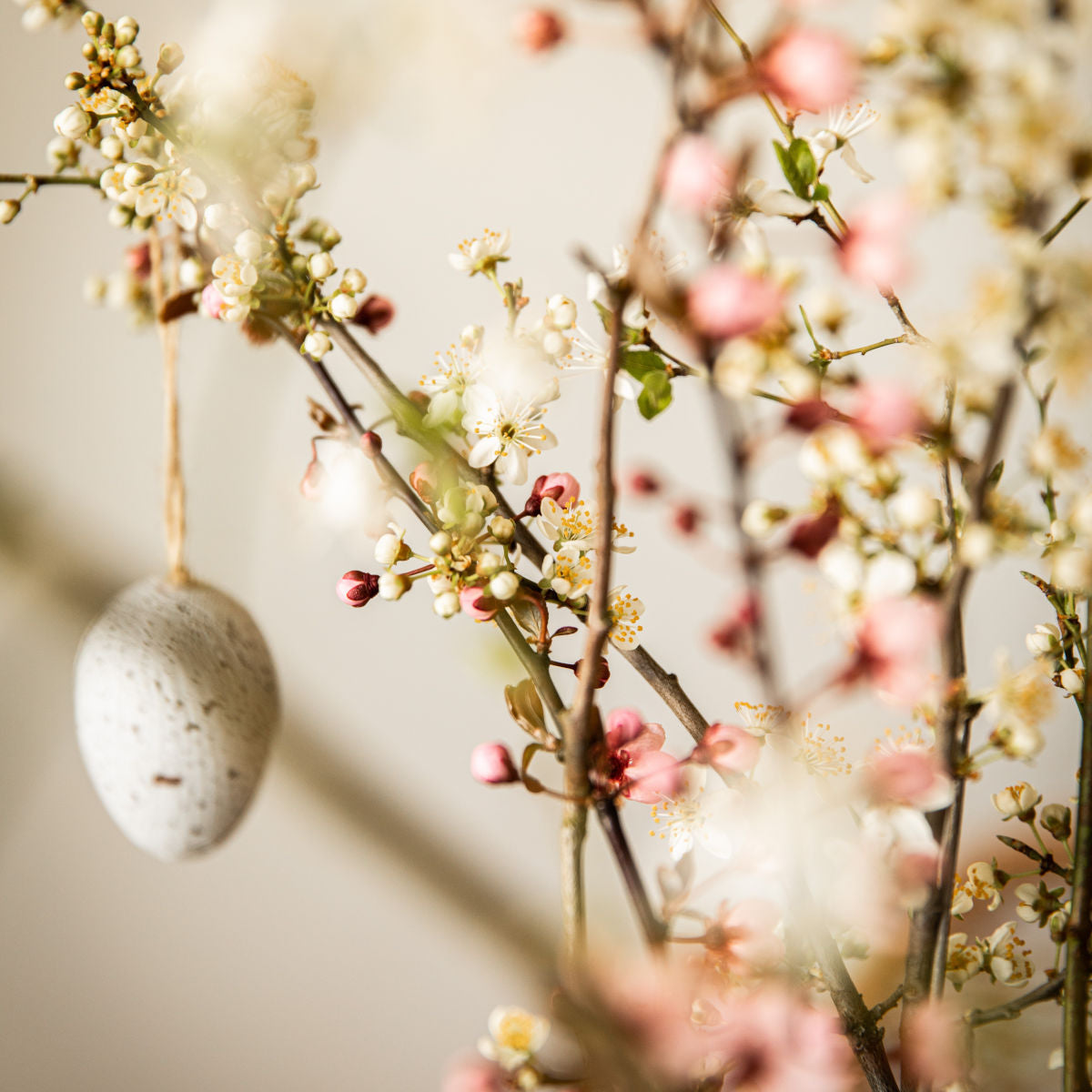3 min read
Introduction
Easter has a rich and fascinating history that spans across cultures and civilizations, from the pagan goddess Ēostre to the Christian celebration of the resurrection of Jesus Christ. This holiday holds a special place in our hearts and has been celebrated for centuries as a time of hope, new beginnings, and the triumph of life over death. Despite its transformation and adoption by Christianity, the pagan origins of Easter are still evident in the customs and traditions that are associated with it.
Through this article, we will explore the timelessness and universality of the themes of renewal and resurrection, and the role that Easter has played in shaping our cultural identity.
The universal mystery of renewal and rebirth
As I delve deeper into the pagan roots of Easter, I can't help but be amazed by the timelessness and universality of the themes of renewal and resurrection. The celebration of new beginnings and the triumph of life over death is a mystery that has captivated humanity for millennia. From the days of the Egyptian god Osiris to the Greek god Dionysus, tales of rebirth have enchanted humanity throughout history.
In one of the world's oldest civilizations, the Sumer, a story of their goddess Inanna was inscribed on a clay tablet over two thousand years before the birth of Christ. It's a tale of adventure and rebirth as Inanna journeys to the underworld in search of her deceased husband. But the journey doesn't end there - after being resurrected by other gods, Inanna is granted the power to shine as the sun for six months. Of course, she must take her place in the underworld once again during the winter for a further six months, completing the cycle of rebirth and renewal. This ancient story is considered one of the earliest examples of the timeless theme of resurrection and new beginnings, centered around the joyous arrival of spring.
The fusion of paganism and Christianity
Around 300 AD, Christianity gained popularity in Rome and Emperor Constantine converted to the religion, ending the persecution of Christians. Despite his own conversion, he realized that it wouldn't be enough to convince pagans to abandon their customs and traditions. So, he integrated some of their celebrations into Christian festivities.
At the Council of Nicaea in 325 AD, it was decided that Easter would take place on the first Sunday after the first Full Moon following the Spring Equinox. This results in Easter's date varying annually, highlighting the combination of Christian and pagan celebrations.
Rabbits, hares, and the fertility connection
One of the most prominent examples of the influence of pagan traditions on Easter is the inclusion of ham in Easter dinner. The pagan lore of Tammuz, a man who was killed by a wild pig, inspired this custom, as pagans celebrated his death by eating a pig to honor him.
Decorating eggs also has a long-standing history that dates back to pagan times. As life began to blossom in nature, pagans decorated eggs to celebrate the rebirth of the world, and they would then gift the eggs to family and friends. Over the centuries, this tradition evolved, and today, it is common to decorate and eat eggs on Easter.
The association of rabbits and hares with fertility, another pagan tradition, also continues to play a role in Easter celebrations. These symbols were linked to the goddess Eostre, and their presence during this time of the year continues to evoke feelings of new beginnings and the triumph of life over death.
Read more about pagan Sabbat Ostara
Ostara, or the Spring Equinox, is a pagan Sabbat, that celebrates the renewal of life on Earth and marks the time when the amount of daylight is equal to the amount of nightfall.
If you would like to learn more about Ostara, you can read our full blog article about it here.
Conclusion
In conclusion, Easter is a holiday that reflects the timeless and universal themes of renewal and resurrection, which have captivated humanity for millennia. While the holiday may have a Christian significance, it is also steeped in pagan traditions and customs that continue to be celebrated today, reminding us of the rich heritage of this timeless celebration of new beginnings and the triumph of life over death.

